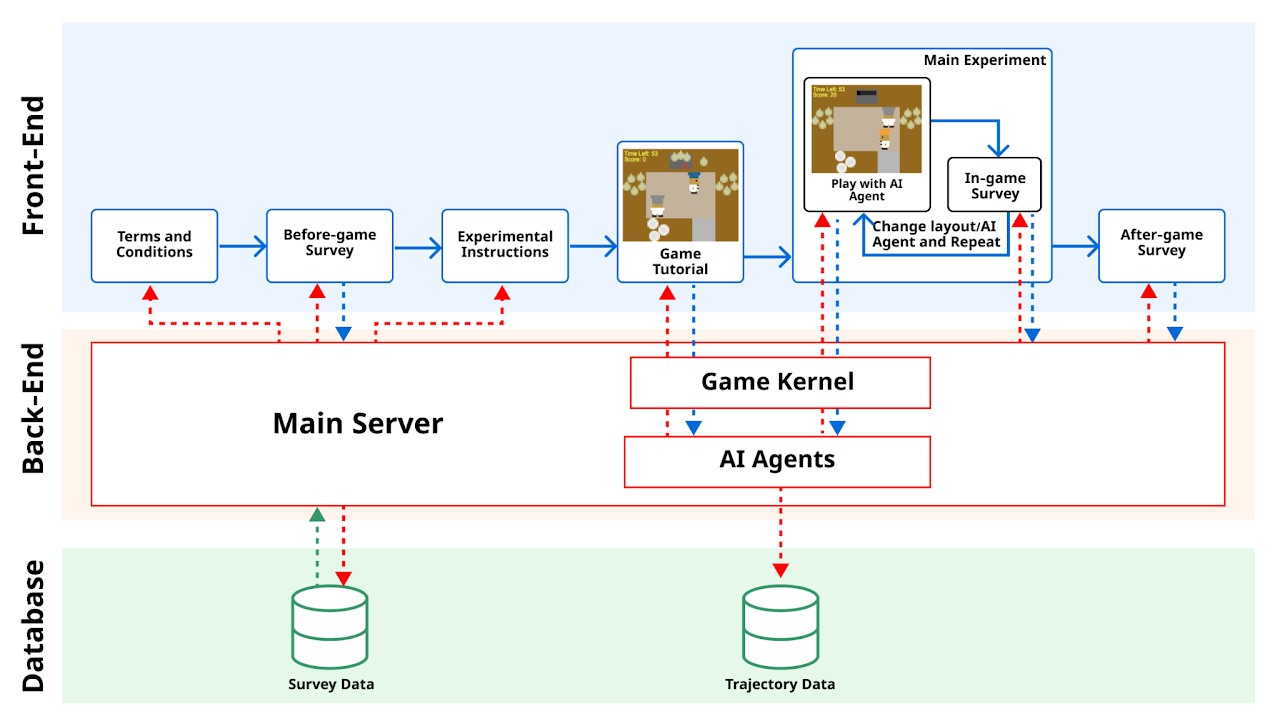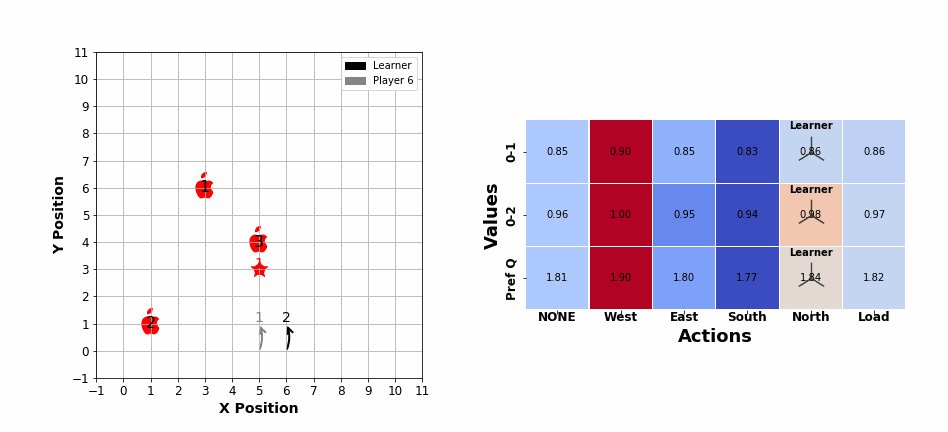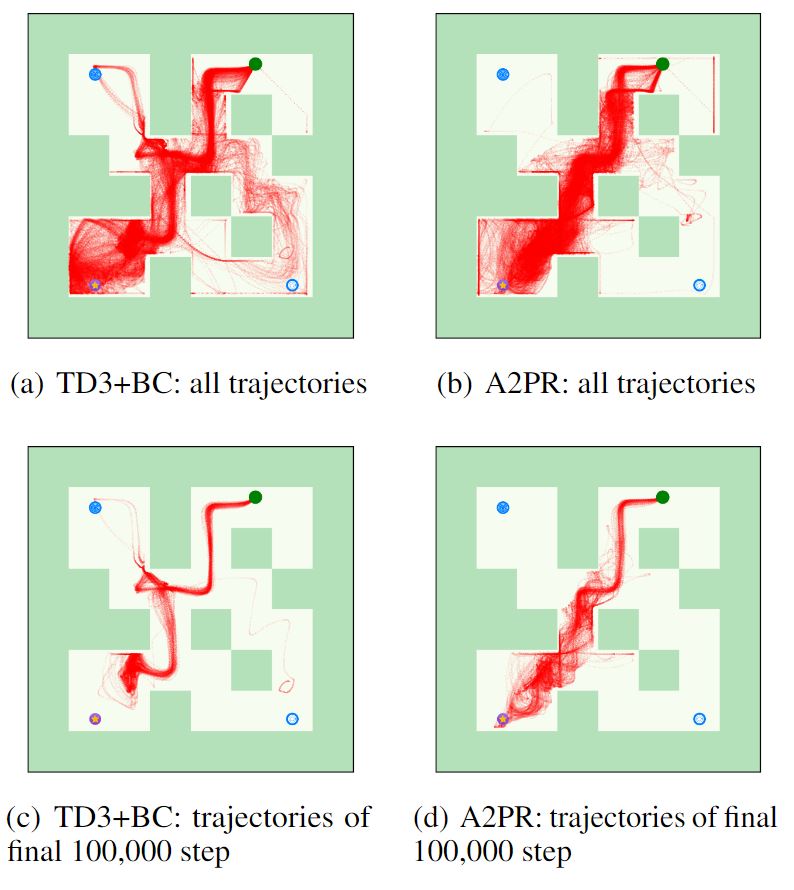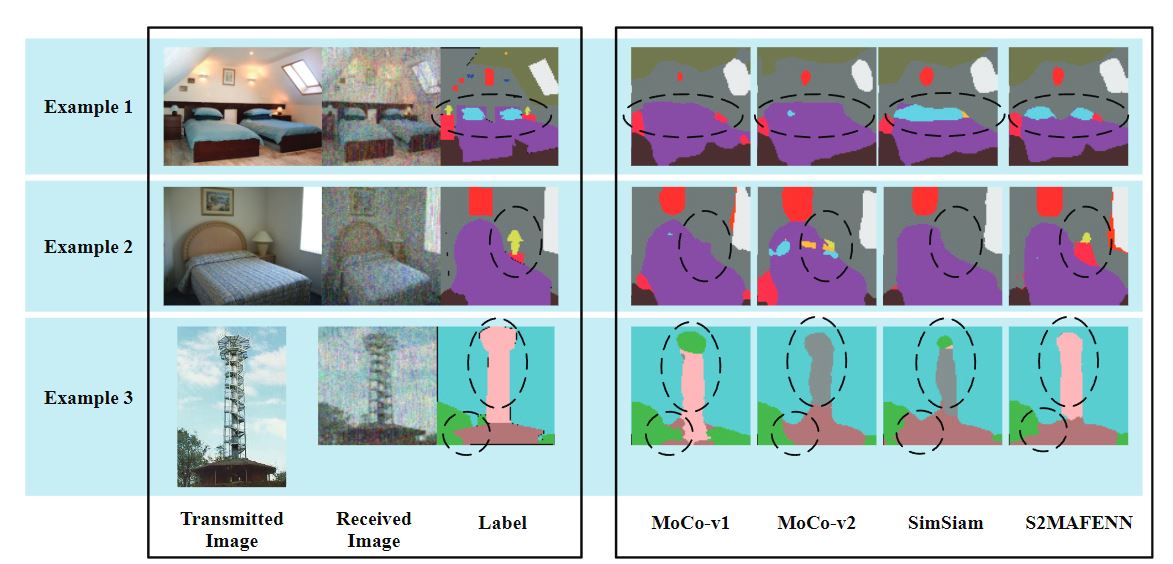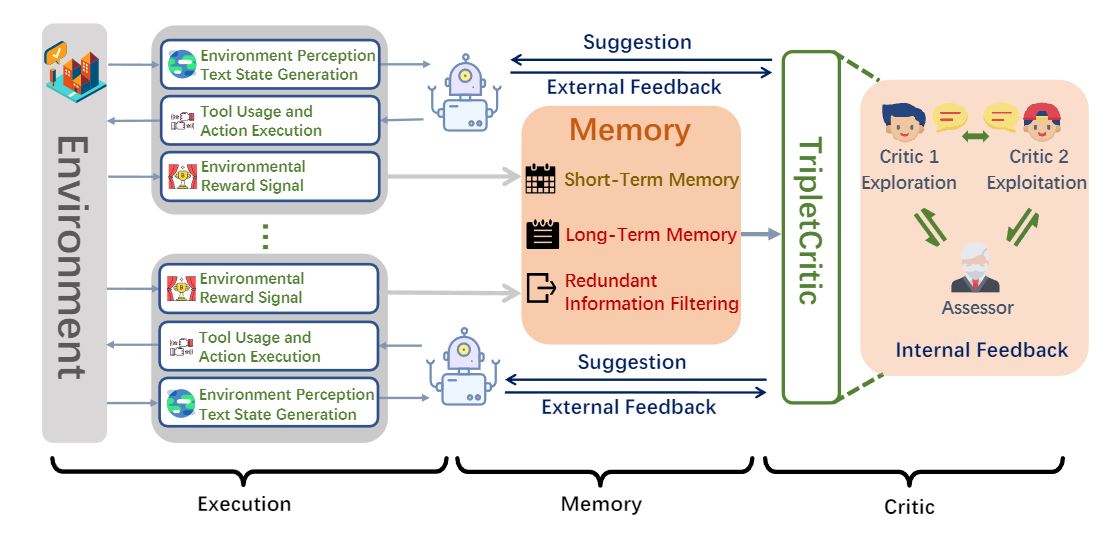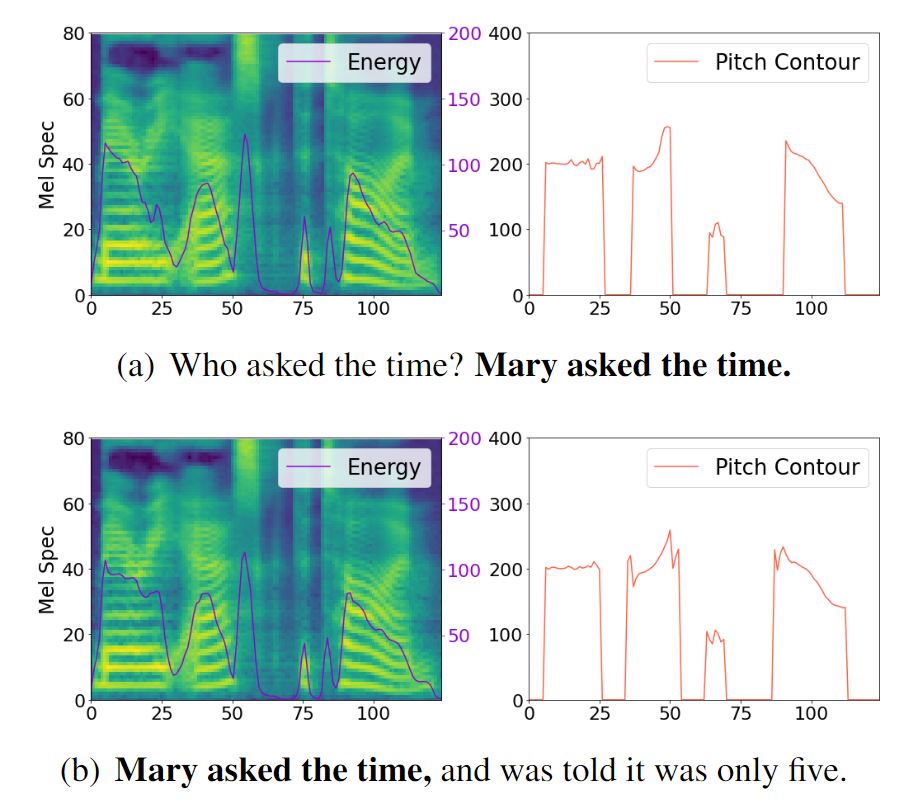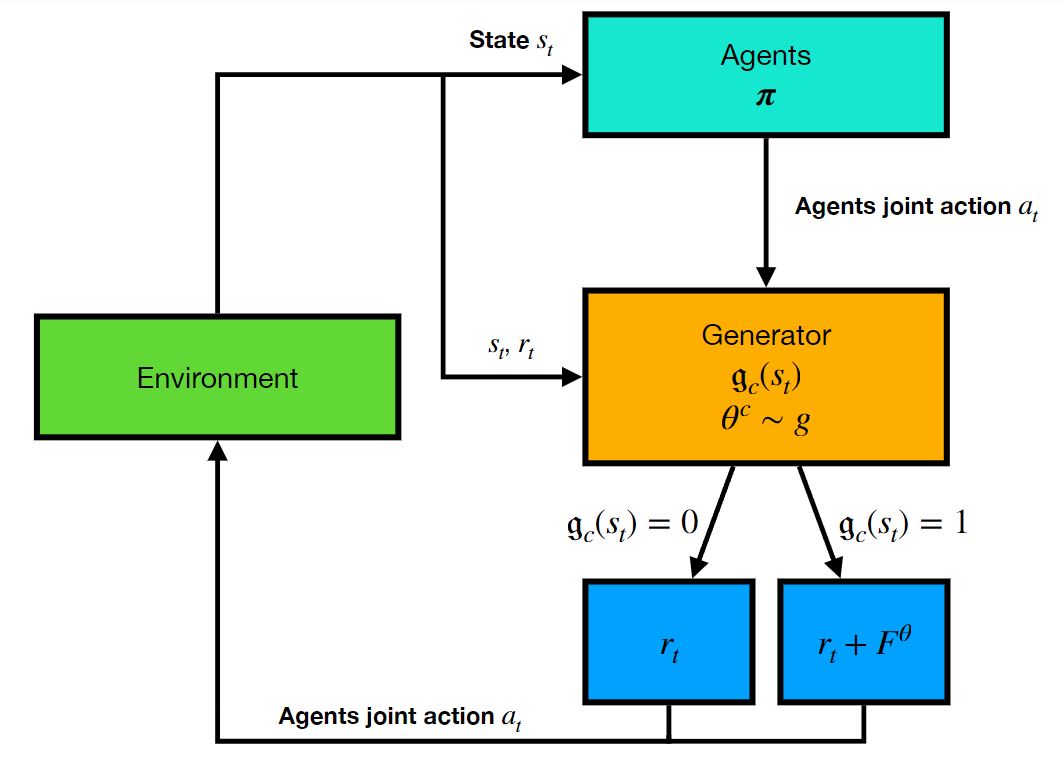publications
2024
- NeruIPSAligning Individual and Collective Objectives in Multi-Agent CooperationarXiv preprint arXiv:2402.12416, 2024
- Under Review
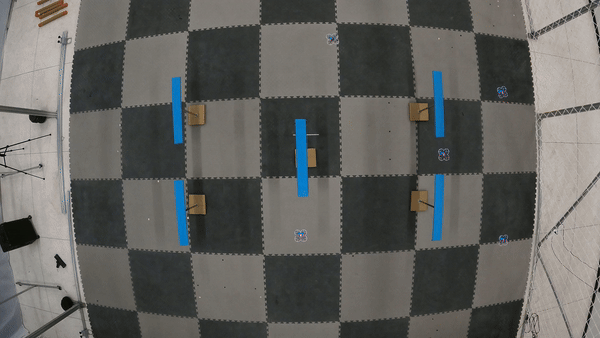 HOLA-Drone: Hypergraphic Open-ended Learning for Zero-Shot Multi-Drone Cooperative Pursuit2024
HOLA-Drone: Hypergraphic Open-ended Learning for Zero-Shot Multi-Drone Cooperative Pursuit2024 - TASLPCross-Utterance Conditioned VAE for Speech GenerationIn , 2024
2023
- Under ReviewControlling Large Language Model-based Agents for Large-Scale Decision-Making: An Actor-Critic ApproacharXiv preprint arXiv:2311.13884, 2023
- INTERSPEECHCross-utterance Conditioned Coherent Speech EditingIn Proceedings of the Annual Conference of the International Speech Communication Association, INTERSPEECH , 2023
2022
- ACLCross-Utterance Conditioned VAE for Non-Autoregressive Text-to-SpeechIn Proceedings of the 60th Annual Meeting of the Association for Computational Linguistics (Volume 1: Long Papers) , 2022
- IEEE TWCMulti-Agent Feedback Enabled Neural Networks for Intelligent CommunicationsIEEE Transactions on Wireless Communications, 2022
2021
- ICLRLigs: Learnable intrinsic-reward generation selection for multi-agent learningarXiv preprint arXiv:2112.02618, 2021
- GLOBECOMMAFENN: Multi-agent feedback enabled neural network for wireless channel equalizationIn 2021 IEEE Global Communications Conference (GLOBECOM) , 2021
- ICCRetrospective thinking based multi-agent system for wireless video transmissionsIn ICC 2021-IEEE International Conference on Communications , 2021
2018
- ICMEHigh quality depth estimation from monocular images based on depth prediction and enhancement sub-networksIn 2018 IEEE international conference on multimedia and expo (ICME) , 2018
